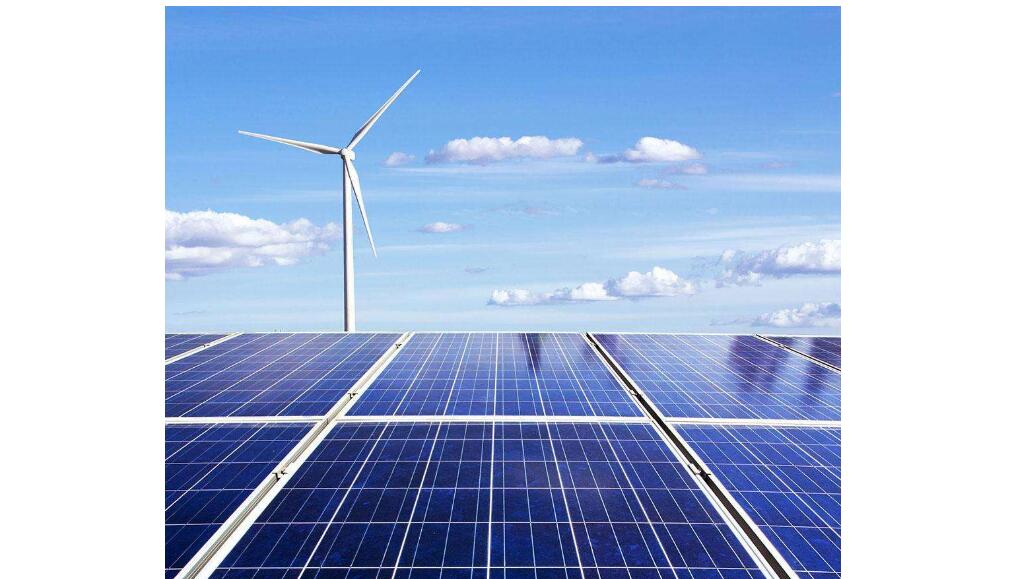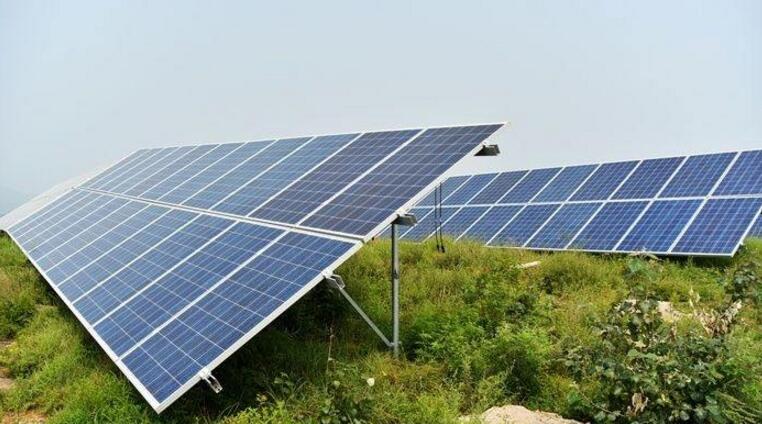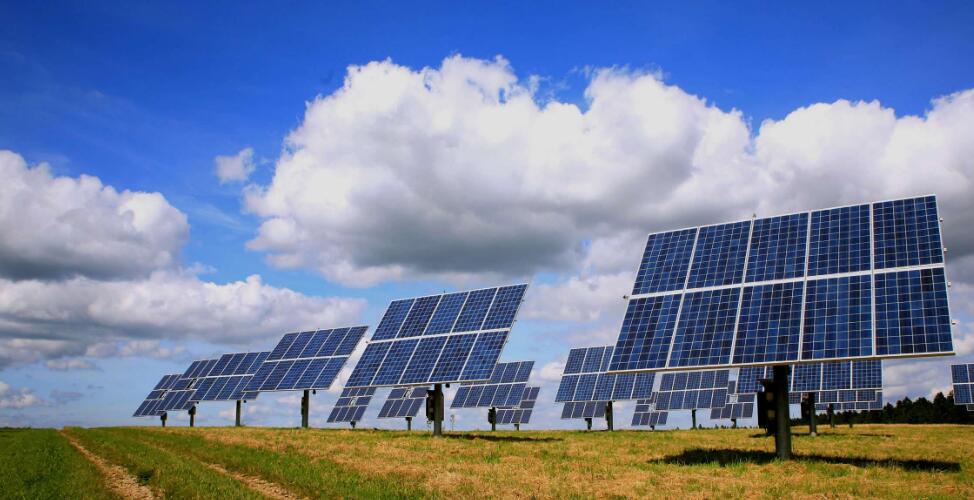Photovoltaic power generation is a technology that uses the photovoltaic effect of a semiconductor interface to convert light energy directly into electrical energy. It is mainly composed of solar panels (components), controllers and inverters. The main components consist of electronic components. After the solar cells are encapsulated and protected in series, a large area solar cell module can be formed, and a photovoltaic power generation device can be formed by combining the power controller and other components.
The principle of photovoltaic power generationThe main principle of photovoltaic power generation is the photoelectric effect of semiconductors. When a photon strikes a metal, its energy can be fully absorbed by an electron in the metal. The energy absorbed by the electron is large enough to overcome the metal's internal gravitational force and cause it to escape from the metal surface and become photoelectron. The silicon atom has four outer electrons. If there are five outer electron atoms such as phosphorous atoms in pure silicon, it becomes an N type semiconductor; if there are three outer electron atoms in pure silicon, such as Boron atoms form P-type semiconductors. When the P-type and the N-type are combined together, the contact surface forms a potential difference and becomes a solar cell. When sunlight hits the P-N junction, holes move from the P-region to the N-region, and electrons move from the N-region to the P-region, forming a current.
The photoelectric effect is a phenomenon in which a potential difference is generated between different parts of a non-homogeneous semiconductor or a semiconductor and a metal by light irradiation. It is firstly a process in which photons (light waves) are converted into electrons, and light energy is converted into electrical energy. Second, it is the process of voltage formation.
After the polysilicon is ingot, broken, sliced ​​and other procedures, it is made into silicon wafer to be processed. Doping and diffusing a trace amount of boron, phosphorus, etc. on the silicon wafer forms a P-N junction. Then using screen printing, the silver paste with fine silver paste is printed on the silicon wafer to form a grid line. After sintering, a back electrode is formed at the same time, and an anti-reflection coating is applied on the surface of the grid line. Made so far. The arrangement of the battery cells into a battery module constitutes a large circuit board. The module is usually wrapped around the aluminum frame, the front cover glass, the opposite electrode. With the battery assembly and other auxiliary equipment, it is possible to form a power generation system. In order to convert direct current into alternating current, a current converter needs to be installed. After generating electricity, it can be stored with a battery, or it can be input into the public power grid. In the cost of the power generation system, the battery module accounts for about 50%, and the current converter, installation fee, other auxiliary components and other costs account for another 50%.

1 No risk of depletion;
2 Safe and reliable, no noise, no pollution, absolutely clean (no pollution);
3 Not subject to restrictions on the geographical distribution of resources, the advantages of building roofs can be used; for example, areas without electricity, and areas with complex terrain;
4 Power generation on-site without the need to consume fuel and erection of transmission lines;
5 high energy quality;
6 users are emotionally easy to accept;
7 The construction period is short, and the time it takes to obtain energy is short.
Disadvantages:1 The energy distribution density of the irradiation is small, that is, it takes a huge area;
2 The energy obtained is related to weather conditions such as the four seasons, day and night, and overcast and sunny weather.
3 At present, the cost of generators is high relative to thermal power generation.
4 The photovoltaic panel manufacturing process is not environmentally friendly.

Solar thermal power generation refers to the use of large-scale arrays of parabolic or dish-shaped mirrors to collect solar thermal energy, provide steam through heat exchange devices, and combine conventional turbine generator technology to achieve power generation.
Solar thermal power generation technology is adopted to avoid the expensive silicon crystal photoelectric conversion process, which can greatly reduce the cost of solar power generation. Moreover, this type of solar energy utilization has an advantage that other forms of solar energy conversion cannot match: solar water can be stored in huge containers and can still drive steam turbines for several hours after the sun goes down. .
Photothermal power generation principleThe principle of solar thermal power generation is that sunlight is collected by a reflector into a solar energy collecting device, solar energy is used to heat the heat transfer medium (liquid or gas) in the collecting device, and then heated to form steam to drive or directly drive a generator to generate electricity.

Automatic soap dispenser foam Intelligent Dispenser
Soap Dispenser Holder
Ningbo ATAP Electric Appliance Co.,Ltd , https://www.atap-airfryer.com